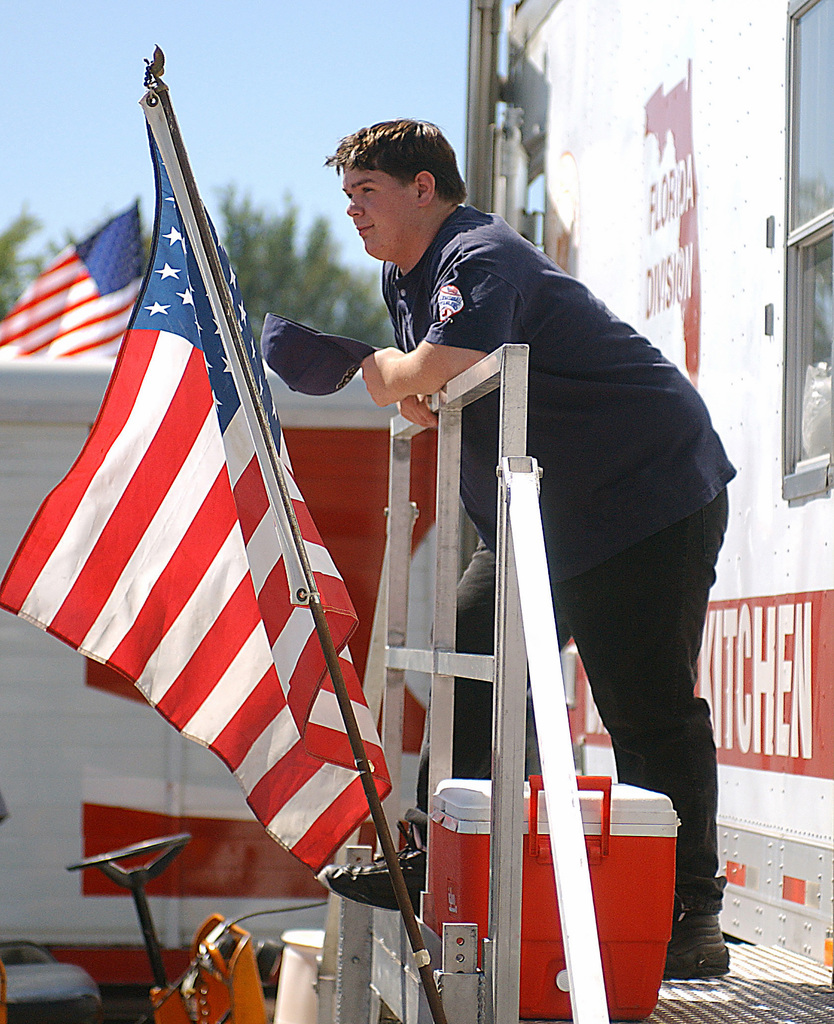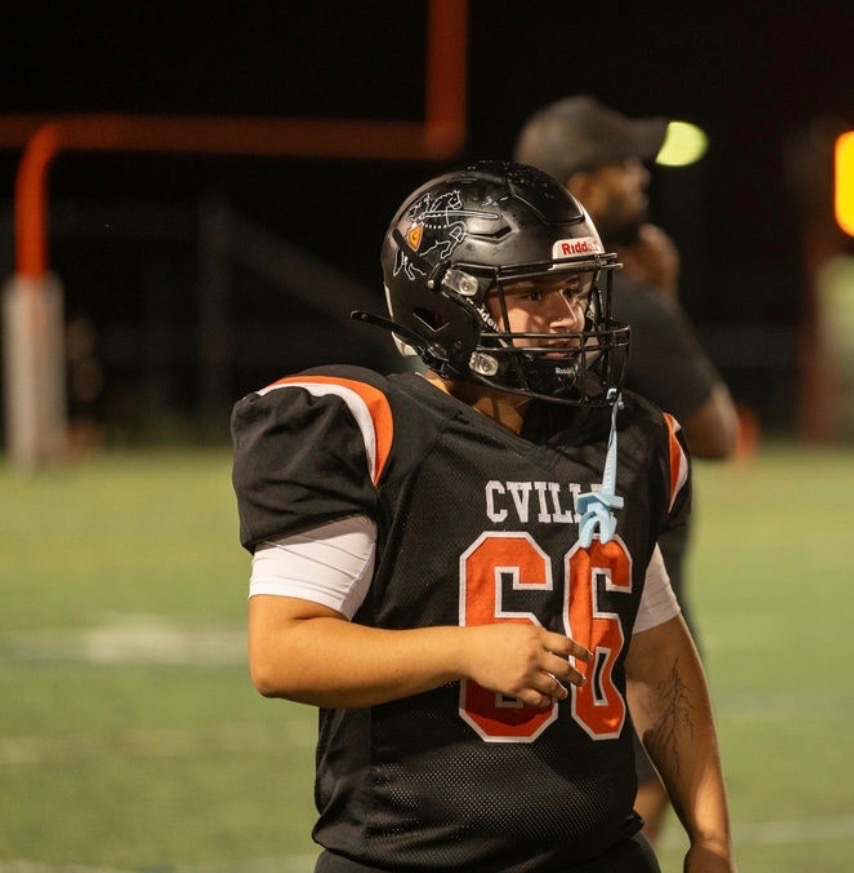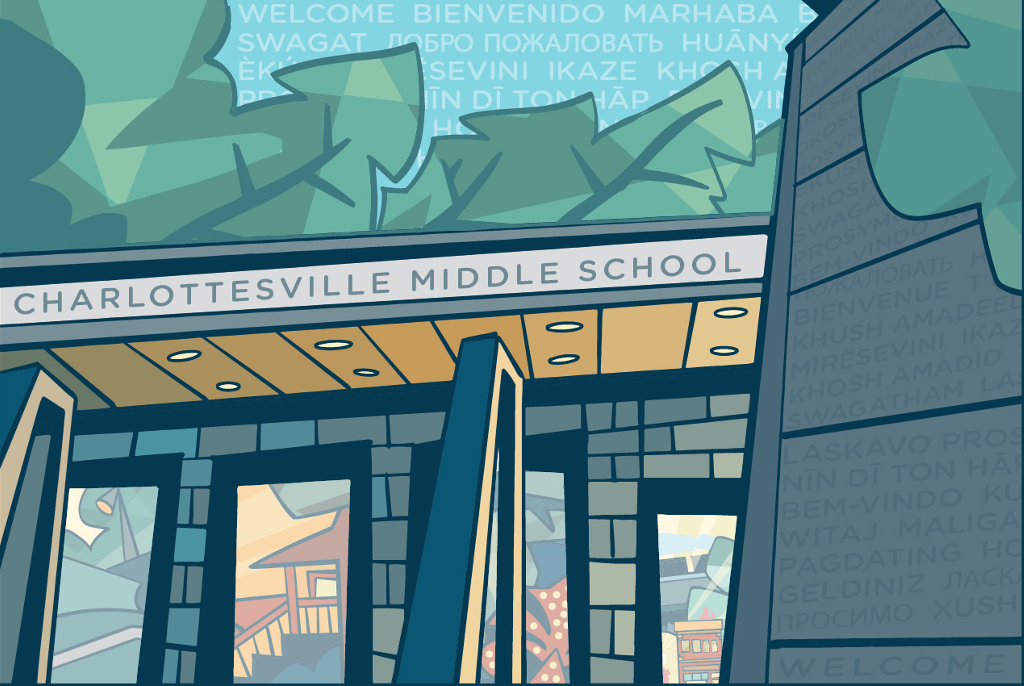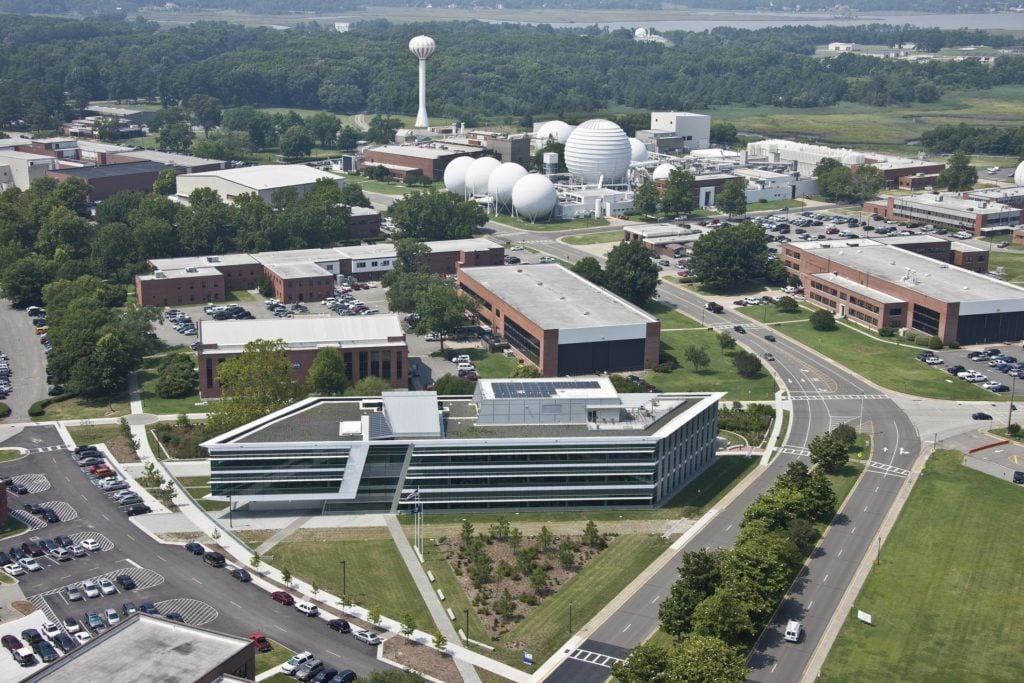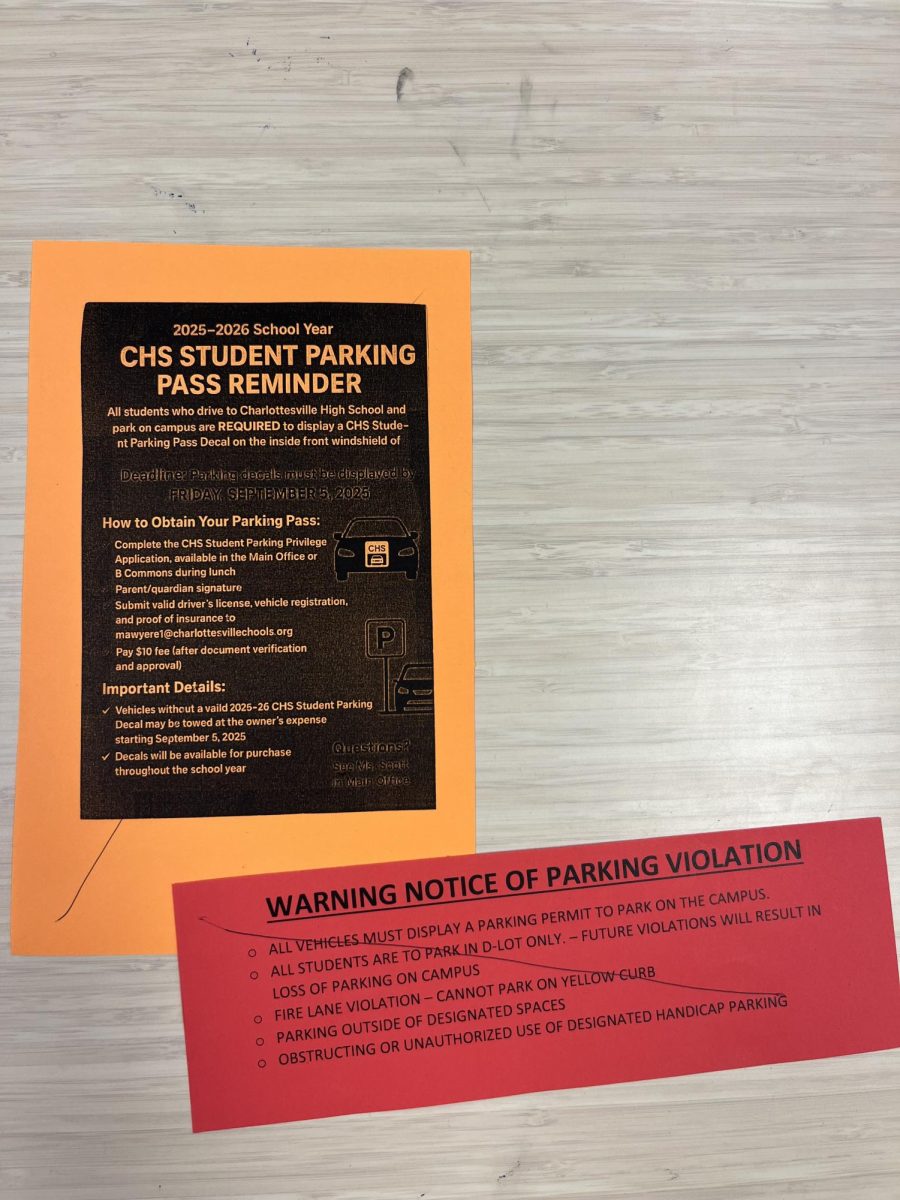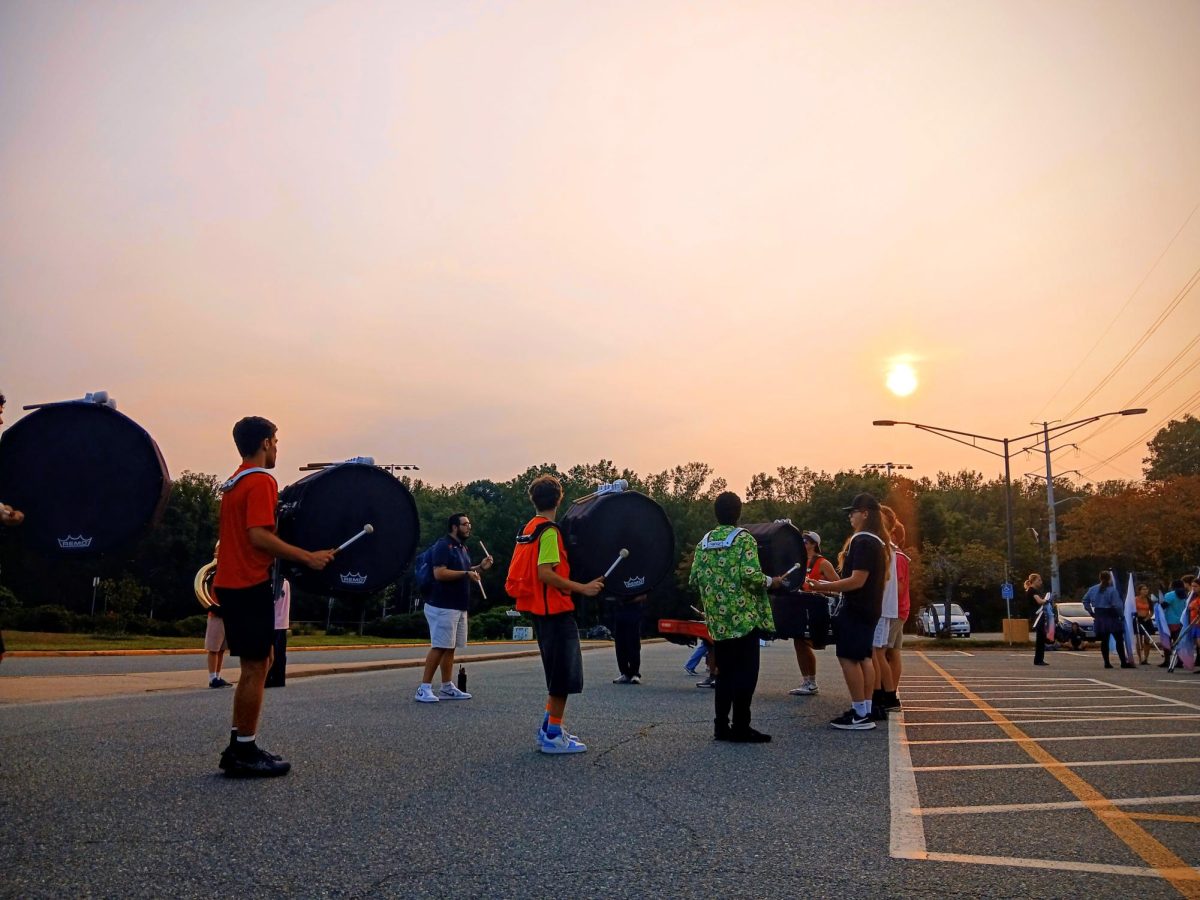Numerous students have complained about a lack of bus transportation in the 2023-24 school year. To give an overview of why this is such a huge issue, bus drivers weren’t necessary during the pandemic because children were doing remote learning in late 2020-2021. When school fully opened back up that became an issue because there weren’t enough bus drivers because drivers go into retirement and fewer come out of retirement in order to be drivers.
When kids started to return to school in September of 2021, measurements for social distancing and mask enforcement were still in place, which meant fewer students could ride on buses. Additionally, if a kid wanted to be on a bus, their family would need to indicate if a bus is needed, but some would be waitlisted for more than one year. One non-negotiation-able is that students who live within walk zones aren’t eligible for bus service
“When families register for a bus they can select one of three options. Option 1: my child will not make it to school without a bus. Option 2: Without a bus my child’s attendance may sometimes be impacted. Option 3; I would prefer a bus but I can get my child to school without one,” she said.
“The biggest issue is having enough capacity for all the students that really need those buses,” said Chief Operations Officer Kim Powell, who oversees all things transportation and facilities for CCS.
“In the past few months we have placed over 550 out of 795 students who had been on waitlists on buses,” said Powell. She then added that they’re in the process of training new drivers and updating current routes to improve efficiencies as those new drivers are added.
Physical education classes now prioritize pedestrian and bike safety due to the large number of students walking to school. Starting in Fall 2022 there has been an increase in walk zones. Walk zones are designated safe routes for students to walk to and from school.
On the CCS transportation page, it’s written that students need to indicate their need for a bus but if they are not placed on one then they need to find alternative methods of transportation. There are multiple options other than taking a school bus. For example, students could take the city bus, Uber, taxi, Veo, bike, walk, car, drive themselves, or take the International Neighbors bus.
For many, Uber and taxis aren’t better options. For instance, for a student who lives 13 minutes away from the school, a single Uber trip is going to cost them about $10.99 to get to school. A round trip to and from school daily for 180 days will cost $3,956. Additionally, if Uber considers traffic conditions to be “busy” then they charge people up to $40 for a single trip. Some families do not have a disposable income that can be spent on Uber every day, especially low-income families.
The city bus isn’t the most reliable option for high school students. Classes at CHS start at 9:05 AM and there are two bus options arriving either 8:20 AM or 9:15 AM. For the 8:20 AM bus, there is that awkward wait at either the YMCA or outside the school building until the doors open at 8:45 AM. For the second bus option at 9:15 AM, students will be late to class every day. In either situation, there is no win-win.
The International Neighbor Bus is a small white bus that helps low-income international families. The bus collects elementary kids, Walker/Buford students, and high school students at the same time. The downside of riding the bus as a high school student is that they would have to be ready by 7:30 a.m. even though school started at 9:05 AM.
Some school buses are unevenly loaded. While some buses are full with two kids in each seat, some are empty with one kid given a whole row to themselves. On the contrary, there are students who have seats on buses but choose not to ride, limiting kids from getting seats. If a student does not ride the bus for 10 school days, then they will be removed from the bus roster.
Several students have been frustrated about the bus driver shortage. Logan Martin, a senior at CHS has access to a bus yet states that the bus driver shortage has occasionally caused a cramped bus. “The shortage is probably also contributing to the routes and thus contributing to my school bus being late quite often. This has affected how tardy I am to school, sometimes missing breakfast and the school morning news,” said Martin.
Often students don’t get a chance to eat breakfast in the morning or they miss the morning news. Bus drivers work at all school tiers ( elementary, upper, middle, and high school) and they constantly work with no breaks.
“As I’ve talked with many individuals throughout my last two or so years in high school, I’ve found that the issue is management and employees feeling unheard and unsupported. That requires systemic change that would take someone fulfilling management roles and changing the system. And, it doesn’t look like that’s happening and thus we will continue to have a bus driver shortage,” said Martin.
The city of Charlottesville’s transportation system reported that the biggest issue is the lack of drivers. “We’re trying our best to get more people certified and trained,” said a representative of Charlottesville Transportation. Yet it’s not an easy process to get training.
In order to become a bus driver there is a certain license that needs to be attained called a CDL. CDL stands for Commercial driver’s license, needed in order to drive a large vehicle. Obtaining a CDL is a long process. Drivers must go through a 160-hour, 20-day program.
Physical education teacher Jessica Brantley turned the classroom portion of CDL training into an online self-paced course. Additionally, the CDL bus drivers must have a passenger bus endorsement and a school bus endorsement in order to drive kids. During the CDL process, there are 3 CDL tests and one test where bus drivers can show that they recognize the different parts of the bus. Both the classroom portion and behind-the-wheel portion of training require testing.
Although there has been a national bus driver shortage that happens to affect Charlottesville schools, Charlottesville Transportation is trying its best to secure more drivers. It’s hard for some families, but it takes time so CCS asks for patience. For more information about buses, please contact (434-970-3532).



